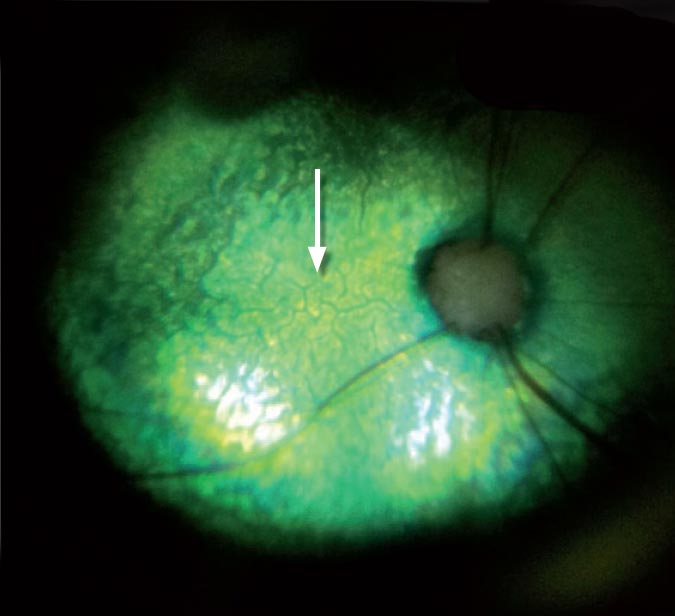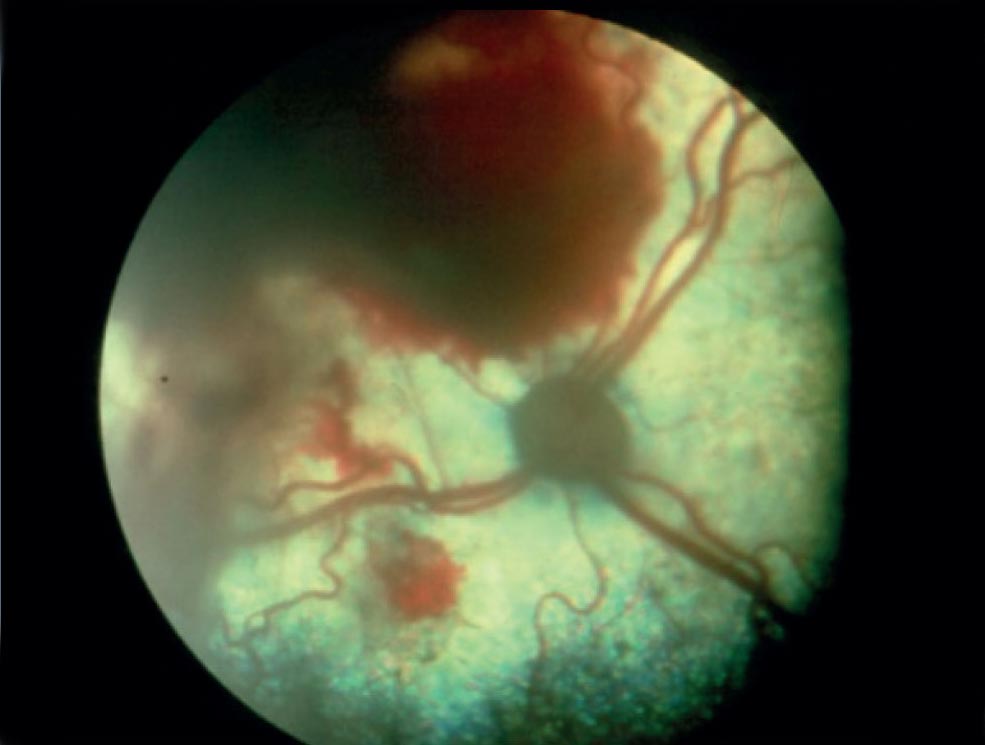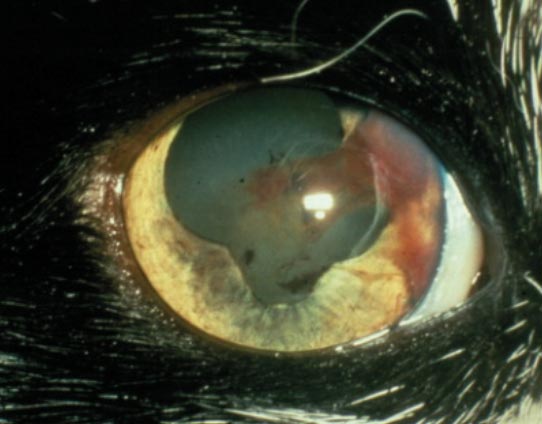4 Aug 2016
An update on feline hypertension
Feline hypertension is a significant problem in clinical practice that causes morbidity and mortality in ageing cats.

Feline hypertension is a significant problem in clinical practice that causes morbidity and mortality in ageing cats. Especially common in cats over seven years of age, the condition often goes unnoticed by both the owner and the vet. Studies indicate that up to 1 in 5 cats suffer from hypertension1.
Most hypertensive cats have underlying disease that predisposes them to the condition (with chronic kidney disease, CKD, being the most common) although a small number cats may suffer from idiopathic hypertension. In newly diagnosed cats with CKD, the prevalence of hypertension is 29% when the definition of hypertension is systolic BP>160 mmHg2.
The prevalence of hypertension in azotemic cats is high and cats with CKD have a greater probability of becoming hypertensive3. Hyperthyroidism is also linked with hypertension but the pathophysiologic mechanisms associated with the development of hypertension in hyperthyroid cats are poorly understood4.
Hypertension and CKD
There is a strong relationship between systemic hypertension and renal function although there is currently little information available to determine whether hypertension in cats initiates renal damage or whether systemic hypertension develops as a consequence of reduced renal function. The pathophysiology of hypertension associated with CKD could involve disturbances in the regulation of vascular tone and/or the regulation of body fluid volumes as a consequence of kidney disease5.
Target organ damage
Chronically sustained high blood pressure causes injury to tissues, mainly the eyes, kidneys, heart, brain and blood vessels. This is commonly referred to as target organ damage (TOD).
Screening healthy cats before they reach the age at which overt hypertension associated with target organ damage (>9 years) occurs might allow diagnosis and treatment of hypertension before the onset of target organ damage. Some common clinical indicators associated with hypertension include6:
- abnormalities of the retina: retinal vessel tortuosity, retinal oedema, retinal haemorrhage and partial or complete retinal detachment
- in cats, untreated hypertension is a risk factor for proteinuria, which in turn is a risk factor for the development of azotemia and progression to chronic kidney disease.
- cardiac damage
- hypertensive encephalopathy
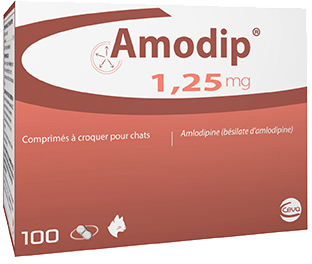 Treatment of hypertension
Treatment of hypertension
Amodip, the first veterinary licensed, cat-friendly amlodipine, is available for the treatment of hypertension in cats. This 1.25mg, 2-way break tablet is palatable, making it easier to tablet cats or hide the tablet in their food. It also allows you to tailor your dose depending on the weight of the cat and the severity of the hypertension.
Protocols for measuring hypertension in cats
Systolic blood pressure can vary dramatically both within and between cats. Using a standardised protocol (as recommended by the American College of Veterinary Internal medicine (ACVIM) in their consensus guidelines – JVIM 2007;21:542– 558) will help to reduce the effect of external influences on blood pressure and make measurements more reliable.
The abbreviated recommendations below, adapted from the ACVIM consensus guidelines, are recommended for use in cats by the ISFM. To access a free, complete copy of these recommendations, please download them from the VetInterMed website or email cevauk@ceva.com.
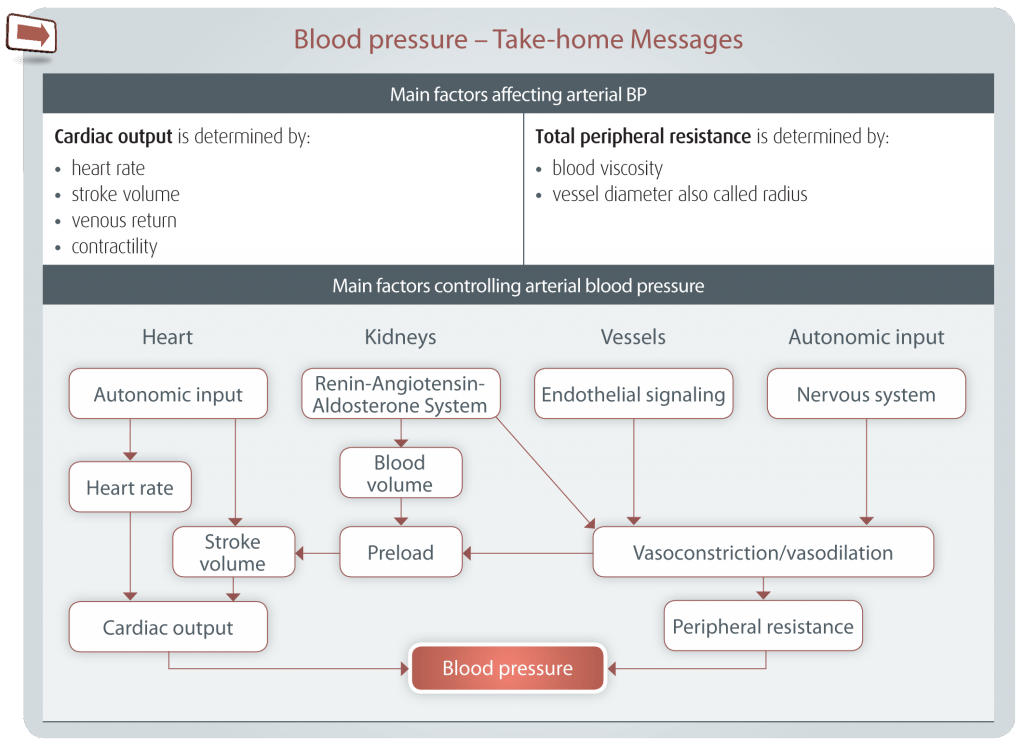 Environment: It is essential to measure blood pressure in a calm, quiet environment to minimize the effect of white coat hypertension.
Environment: It is essential to measure blood pressure in a calm, quiet environment to minimize the effect of white coat hypertension.- Acclimatisation: A minimum of 5-10 minutes should be allowed in the room for the cat to acclimatise before blood pressure is measured.
- Personnel: The people present in the room during the acclimatisation period should be the same people that will be present during measurement of the blood pressure.
- Restraint: It is vitally important that minimal and gentle restraint is used in order to keep the cat in a settled, comfortable position.
- Positioning the cat: Where possible the cat should be allowed to relax in a comfortable posture – lateral or sternal recumbency, sitting or standing.
- Choice and position of cuff: For cats, the correct cuff width is 30-40% of the circumference of the site where it is being applied (forelimb, hind limb or tail). An incorrect size will lead to false elevation (if too small) or false lowering (if too large) of the measured blood pressure.
- Measuring blood pressure: Before measuring blood pressure it may be advisable to inflate and deflate the cuff a few times to get the cat used to the sensation.
- Written records: Careful records should be kept of all important aspects of the blood pressure measurement. To request a tear-off pad with multiple standardised recording sheets, please email cevauk@ceva.com.
- Consistency: Where repeat blood pressure assessments are being performed over time, for the purposes of meaningful comparison, it is important to try to replicate the assessment using the same equipment, personnel and procedures as far as possible each time.
Latest news

Podcast
Vet Times Extra: Researching human-animal bond, with Tammie King and Vanessa Ashall
Sponsored
7 May 2025

